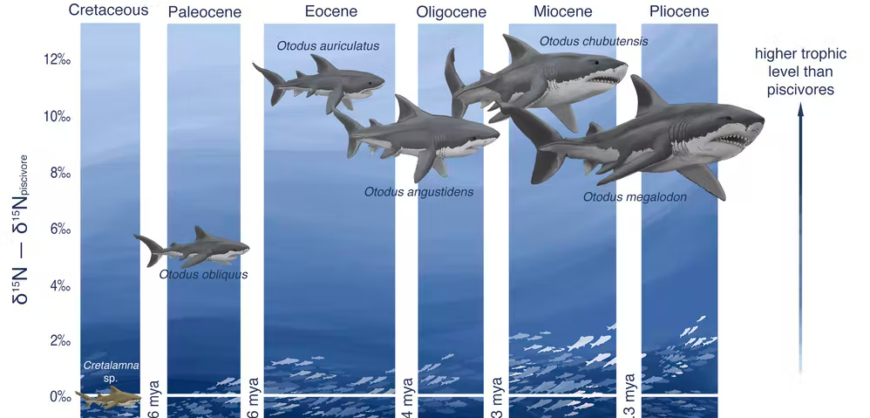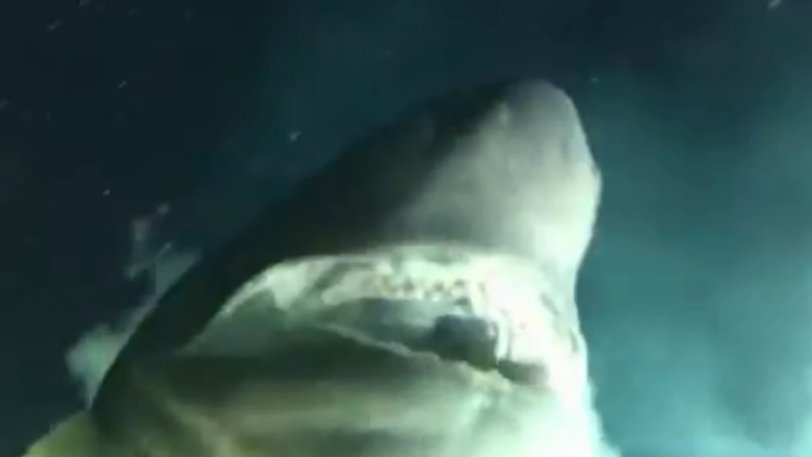Millions of years ago, giant sharks three times larger than today’s great whites stalked the world’s ocean. They’re long gone now, but occasionally, someone walking on a beach spots an odd triangular shape in the sand. On closer inspection, they realize it’s a fossilized tooth as large as a human hand, with sharp serrated edges. And they have to wonder: What was that beast eating?
These fossilized teeth hold clues to a mystery about a legend of the seas, a mammoth creature that was at the apex of the food chain – and then vanished.
It’s known as the megalodon, believed to be the largest shark species to ever exist. Evidence in the teeth and bite marks found on fossilized bones suggest these ancient sharks were swimming the ocean between 23 million and 3.5 million years ago. Scientists have estimated they reached lengths upwards of 50 feet (15 meters) – longer than a city bus.
Turkey: Torture has reached “unprecedented levels”
The megalodon was the last species of a group of sharks called the megatooth sharks. We study the chemistry of fossils to better understand ancient animals, and while many mysteries remain about megalodon’s life and eventual extinction, its teeth are revealing some answers.
Read more: The Conversation







































